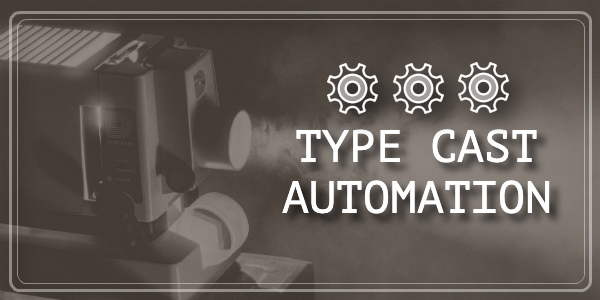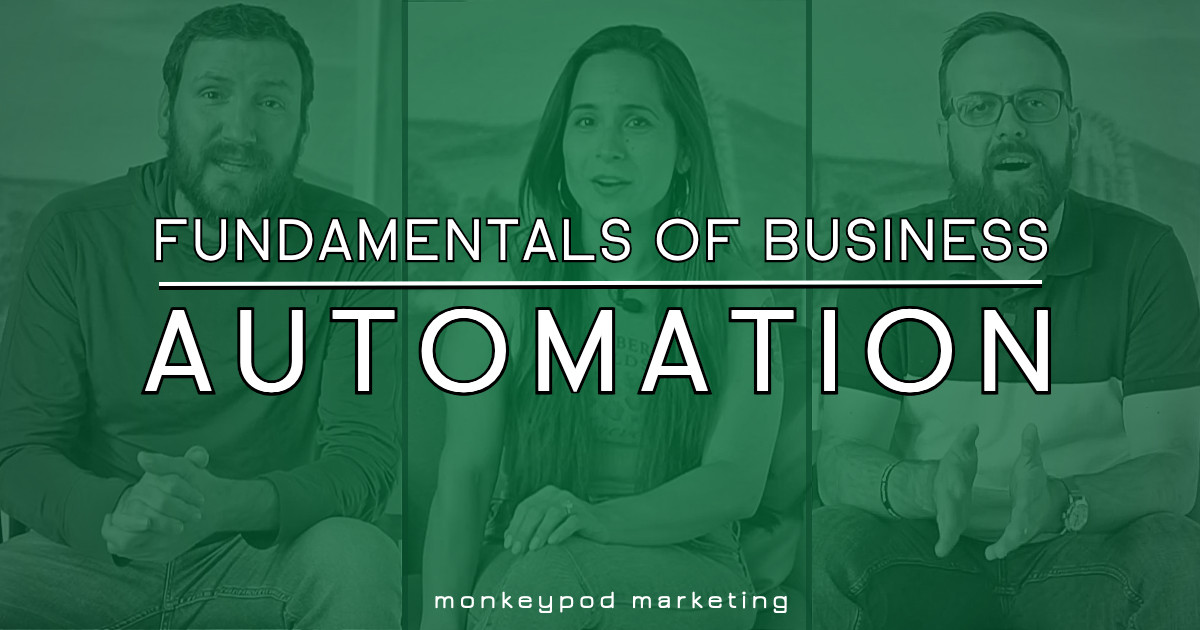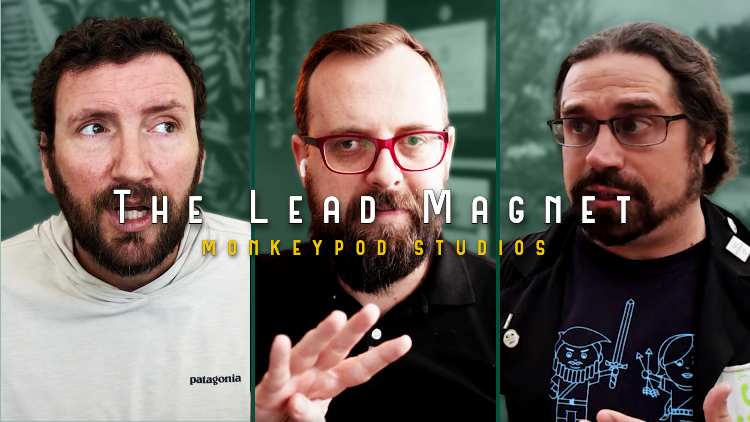One of my favorite Brad Martineau quotes goes something like this:
“I only have two problems with the term marketing automation. The first is the word marketing, and the second is the word automation.”
The sad truth about automation is that for too long it’s been type cast.
Too many businesses cast automation into a specific role – and then never ask anything else from it.
(Kinda like how Michael Cera has been playing the same character for over a decade.)
It’s not that automation isn’t great at capturing leads, and following up with them (it is), it’s just not the only thing automation can do for you.
Automating the Customer Journey
I believe the easiest way to understand automation, and where most people should start, is by focusing on the customer journey.
Automation should work to support and enhance the customer journey.
This means starting with traffic, flowing through to lead capture, and every step along the way to the eventual purchase.
And if you’re doing that already then that’s a great start.
But automation can and should be used through and after the fulfillment part of their journey as well.
And if you’ve already got your customer journey dialed in, and you’ve leveraged automation to help make the experience as seamless as possible then give yourself another pat on the back.
(Here’s a case study on customer journey)
But customer facing automation is really only half of the conversation.
Automation’s other half
The second half of the automation puzzle is using automation for things that the customer never even sees.
Yes, I’m talking about internal processes – automating reminders to yourself, or to your team; but I’m also talking about using automation for aspects of your business that have nothing to do with the customer.
I’ve seen automation used throughout a hiring funnel, to find or manage contractors, to build and maintain relationships with partners, or with key vendors.
I hate to be cliche – but the truth is that the use cases for automation are probably limitless.
And as always, I’m not saying that everything needs to be automated – just that you might have opportunity in areas you hadn’t realized.
Please leave any questions or comments below – I’d love to hear about creative ways you’re using automation throughout your business.







